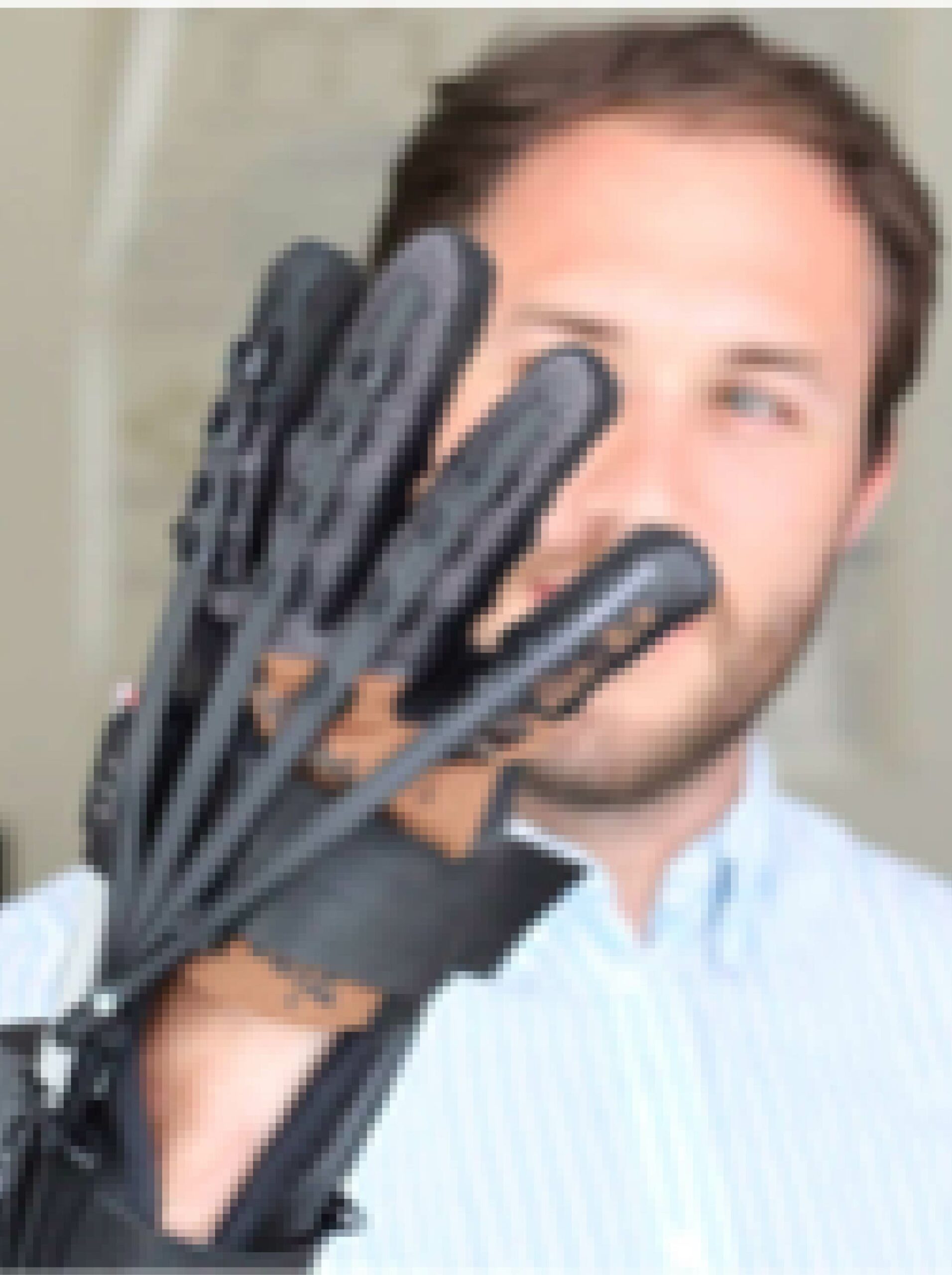Imperial College is a leading technological university with global reach (consistently in the top ten universities worldwide according to the QS World University Rankings conducted by the Times Higher Education Supplement). It embodies and delivers world-class scholarship, education and research in science, engineering and medicine, with particular regard to their application in industry, commerce and healthcare. Support for commercialisation is provided by Imperial Innovations Ltd, an AIM-listed company. The Human Robotics Group (HRG) at the Department of Bioengineering Department (www.imperial.ac.uk/human-robotics) is affiliated with the Centre of Neurotechnology (www.imperial.ac.uk/neurotechnology), and a founder of Imperial’s Robotic Forum (www.imperial.ac.uk/robotics) grouping over 35 PI. Its rehabilitation technology activity has recently span-off in gripAble.com and neurofenix.com, and lead to commercial products such as www.tyromotion.com/en/products/myro. The Human Robotics Group at Imperial College, led by Dr. Burdet, uses an integrative approach of neuroscience and robotics to investigate human motor control, and to design efficient assistive and rehabilitation technology (http://www3.imperial.ac.uk/humanrobotics). This transdisciplinary approach led to significant achievements such as: the first clear evidence of how humans use impedance learning and coordinate muscles to control movements in unstable situations typical of tool use (Nature 414: 446-9); the first model of motor adaptation able to predict the evolution of muscle activation in novel dynamics (J of Neuroscience 28(44): 11165-73); the first robotic controller able to deal with unstable tasks such as drilling or cutting inhomogeneous material by adapting force and mechanical impedance (2011 King-Sung-Fu Memorial Best Paper Award, IEEE Transactions on Robotics 27(5): 918-30); and recently the discovery of physical communication between humans and the elucidation of the underlying neural mechanism (Nature Human Behaviour 1: 54) and the development of game theory based interactive control (Nature Machine Intelligence 1:1).
Imperial College will mainly contribute the techniques for the estimation of internal states of the user which are not directly observable. This includes modelling the hand neuromechanics, human motor state estimation and a user intention prediction. Imperial College will lead WP5, the neuromechanics of the human dexterity for FES, and perform T5.1: Multi-joint neuromechanics modelling and T5.2: Spasticity estimation techniques.
TEAM

Prof. Etienne Burdet
Professor
Aaron Yurkewich
Postdoctoral Research Associate
Aran Sena
Postdoctoral Research Associate
Pilar Zhang Qiu
Research Associate
Lucille Cazenave
PhD student - AI for Health CDTCONTACT
Website: http://www.imperial.ac.uk/human-robotics
Social Media:
https://www.facebook.com/imperialcollegelondon
https://twitter.com/imperialcollege
Address:
Department of Bioengineering, Imperial College London
South Kensington campus, SW7 2AZ London, UK